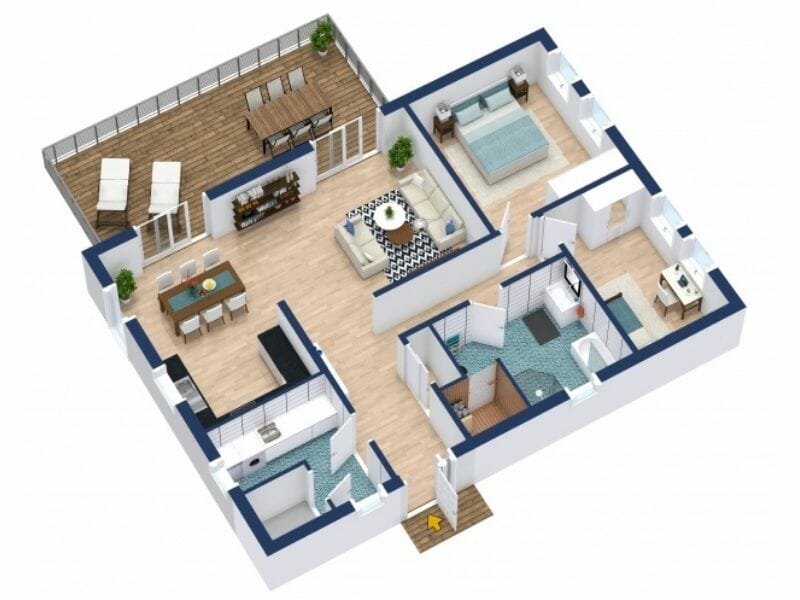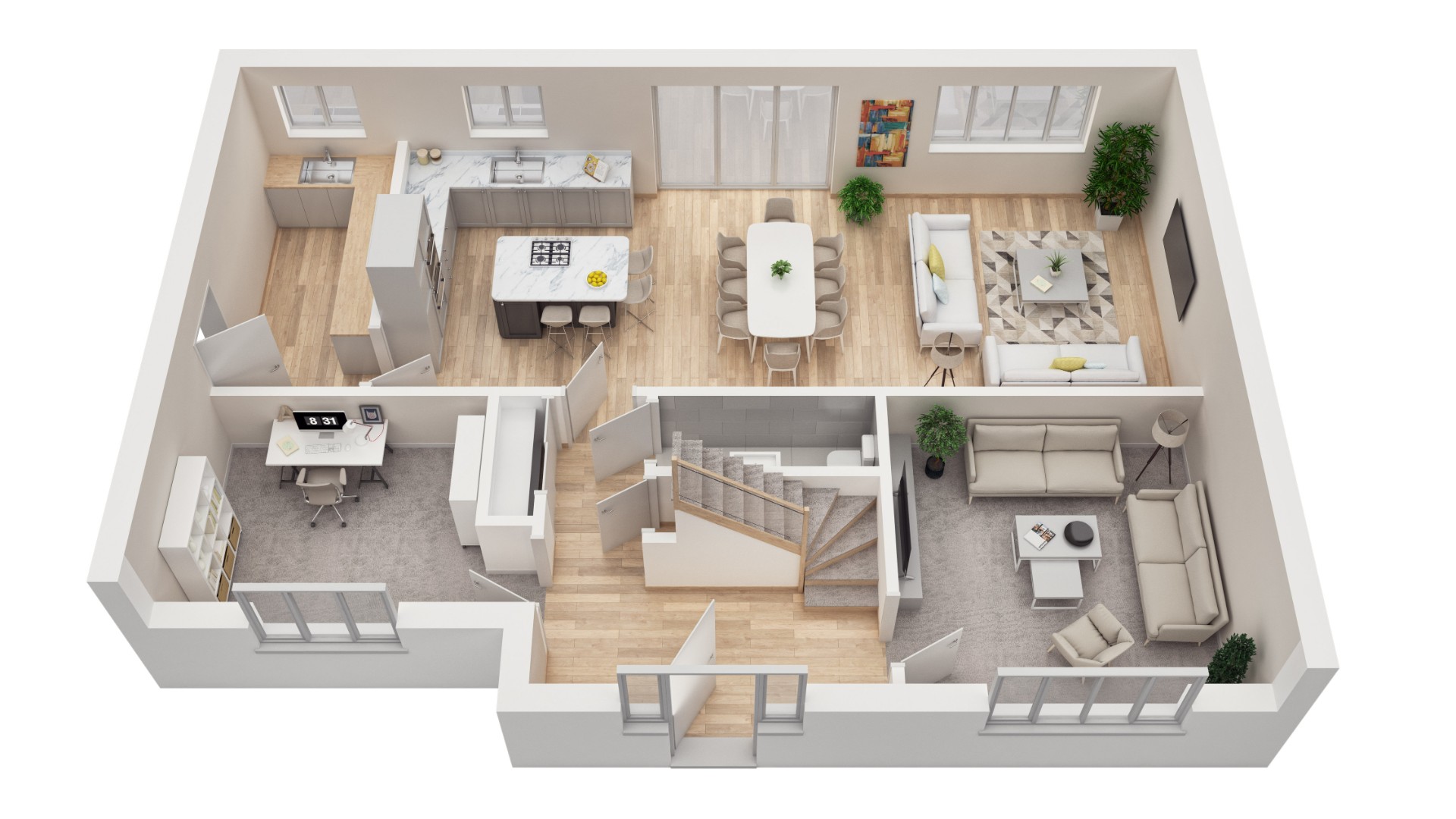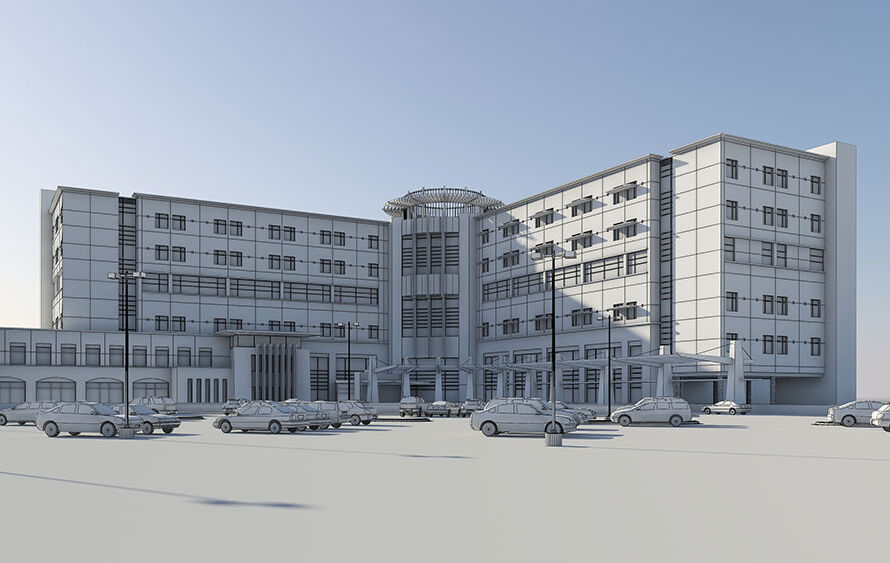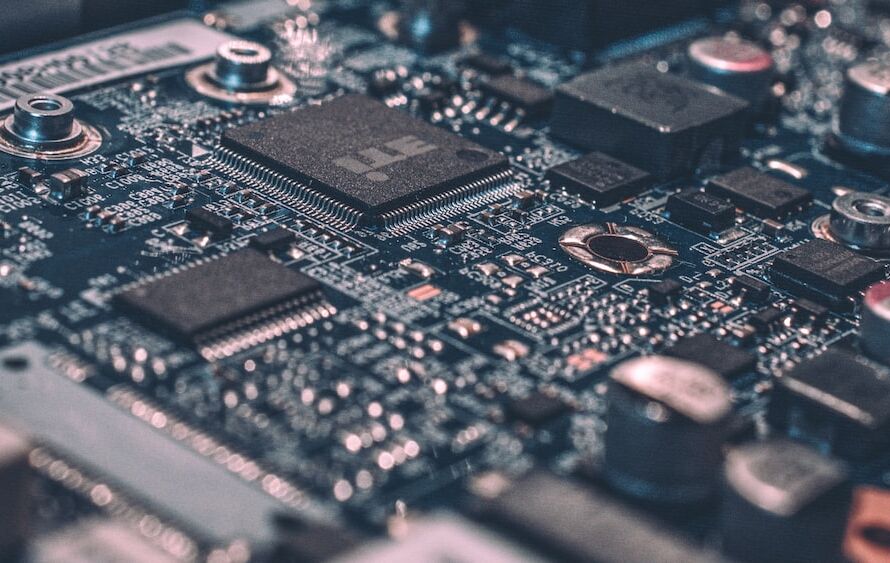Introduction
Rendering is a process in which 3D models are converted into 2D images for use in design, animation, video games and other applications. It’s a critical part of the graphic design process, and it can be an expensive one. In this blog post, we will introduce you to the rendering industry and provide you with a review of the best rendering software available on the market today. We will also discuss some of the key benefits and drawbacks of each program, so that you can make an informed decision about which one is right for you.
Types of Rendering
The rendering industry has seen a dramatic increase in the past few years, as technology and design become more complex. This has led to an increase in the demand for high-quality renders. There are many different types of rendering, each with its own advantages and disadvantages. In this article, we’ll introduce you to the three most common types of rendering: physical simulation, geometric rendering, and image processing.

Physical Simulation
Physical simulation is the most basic type of rendering. It simply renders a scene as if it was actually happening in the real world. This type of rendering is common for initial renderings, where you want to see how a scene will look without any special effects.
Oneadvantage of physical simulation is that it is very fast. This is because the computer doesn’t have to perform any calculations or simulations; it just needs to render the scene as it would look in reality. Another advantage is that physical simulation can be used for both 2D and 3D scenes.
One disadvantage of physical simulation is that it can’t create realistic images. For example, physical simulation can’t create realistic textures or detailed models. Instead, physical simulation usually relies on flat textures and simple models.
Geometric Rendering
Geometric rendering is a more advanced type of rendering than physical simulation. It allows designers to create complex 3D images using simple geometric shapes. geometric rendering is often used to create realistic images, such as landscapes or architecture.
One advantage of geometric rendering is that it can create extremely realistic images. geometric rendering can even create details that are impossible with physical simulation alone. Another advantage is that geometric rendering.
Chemical Components of Rendering
The rendering industry is constantly evolving and innovating as new technologies and processes are introduced. This article will introduce some of the most common chemical components used in rendering, and discuss how they are used to create a finished product.
One of the most common chemical components in rendering is water. Water is essential for all types ofrendering because it acts as the solvent and lubricant for the other chemicals. When these chemicals react, they form heat, steam, and polluting particles. Without water, these reactions would not occur quickly enough to create a usable product. In order to reduce the amount of water used in rendering, many companies use water recovery systems to capture and reuse discarded water.

Another common chemical component in rendering is nitrogen dioxide (NO2). NO2 is responsible for the yellow color that often appears in rendered products. It is added to renderings as an oxidizing agent and catalyst. By breaking down organic materials into simpler molecules, NO2 helps create solid products from liquids or gases.
Other common chemicals used in rendering include methanol, ethyl acetate, propylene glycol, hydrogen peroxide, and silicon tetrachloride. Each of these chemicals has unique properties that make them useful for rendering purposes. Methanol is oftentimes used as a solvent because it can easily dissolve many different types of materials. Ethyl acetate has strong antifreeze properties which makes it perfect for freezing liquids without damaging them. Propylene
Production Methods of Rendering
There are various rendering methods that can be used to create a final product. One of the most common is called ray tracing. This method uses a large number of rays to represent each pixel on the screen. Another common method is called rasterization. This involves drawing each image pixel by pixel. There are also hybrid methods that use both ray tracing and rasterization.
Once a final product has been created, it needs to be rendered for display on a computer or device. This process can be done in two ways: directly on the computer or in the cloud. Direct rendering takes place on the machine where the final product is being created, while cloud rendering takes place in remote servers and then sent over the internet to the client machine. which means there is less load on the main render machine and it can be done more quickly.
There are a number of different rendering engines that are available, and each one has its own advantages and disadvantages. Popular choices include the Nvidia Maxwell and AMD Radeon series of graphics cards, as well as the Intel Core i7 and AMD Ryzen processors.

Conclusion
Renderworld has introduced a revolutionary new rendering technology that is set to change the rendering industry as we know it. Renderworld Market is a cloud-based platform that allows users to submit and manage renders, subscribe to services, and pay for render jobs in one easy step. This innovative platform offers users countless benefits, such as faster turnaround times for renders, more control over their renders, and the ability to monetize their render jobs. With so many benefits to using Renderworld Market, it’s no wonder the rendering industry is embracing this cutting-edge technology. If you’re looking for a way to increase your productivity and improve your business management skills, then look no further than Renderworld Market!





